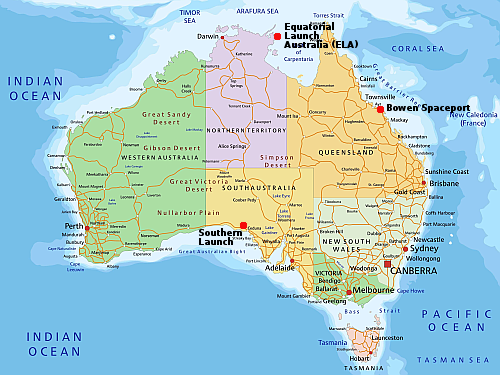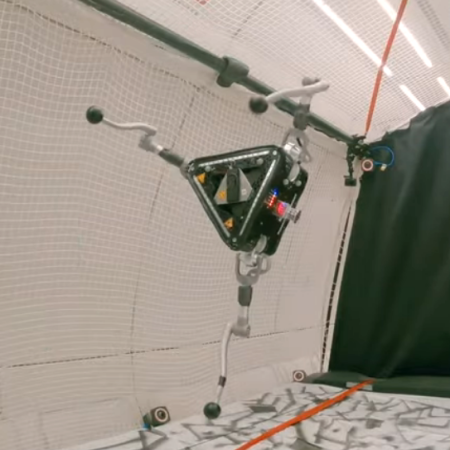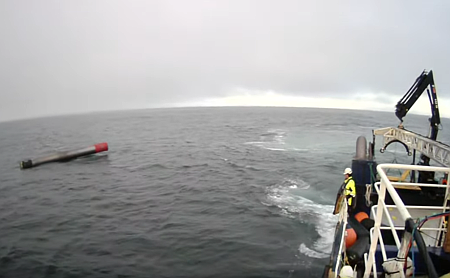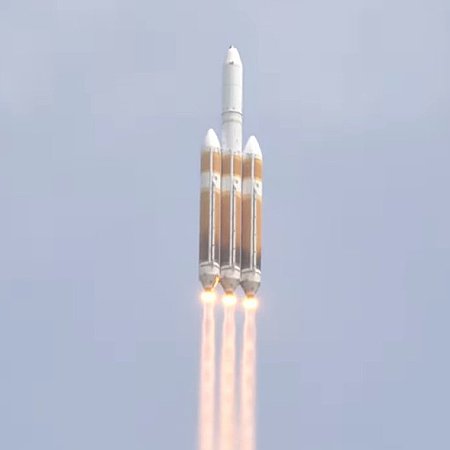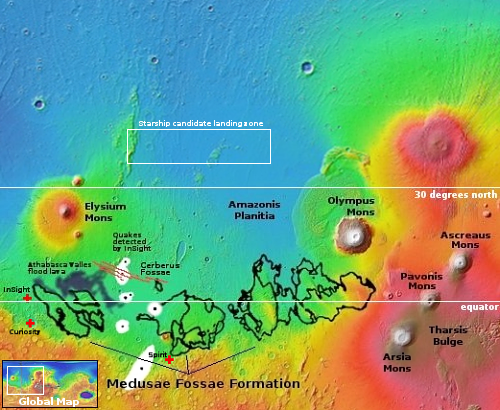Several new missions to the asteroid Apophis proposed by commercial and governments

A cartoon showing Apophis’s path in 2029
At a conference this week several new missions to the asteroid Apophis during its close Earth fly-by in 2029 were proposed by both private companies and government entities.
- Blue Origin is considering sending its Blue Ring orbital tug, launched in 2027 on a Falcon 9.
- JPL proposes sending two cubesats on the orbital tug mission previously announced by the startup ExLabs.
- NASA continues to study sending the two Janus spacecraft, since its original asteroid mission was lost when the Psyche asteroid mission was delayed.
- The European Space Agency has two different missions under study.
With all of these missions, the big obstacle is funding. Most are either only partly funded, or not at all.
At the moment the only mission actually on its way to Apophis is OSIRIS-APEX, which having completed its sample return mission to Bennu was then sent to Apophis.

A cartoon showing Apophis’s path in 2029
At a conference this week several new missions to the asteroid Apophis during its close Earth fly-by in 2029 were proposed by both private companies and government entities.
- Blue Origin is considering sending its Blue Ring orbital tug, launched in 2027 on a Falcon 9.
- JPL proposes sending two cubesats on the orbital tug mission previously announced by the startup ExLabs.
- NASA continues to study sending the two Janus spacecraft, since its original asteroid mission was lost when the Psyche asteroid mission was delayed.
- The European Space Agency has two different missions under study.
With all of these missions, the big obstacle is funding. Most are either only partly funded, or not at all.
At the moment the only mission actually on its way to Apophis is OSIRIS-APEX, which having completed its sample return mission to Bennu was then sent to Apophis.

